Spanish SF in the 21st Century
Mariano Villarreal
translated by Ian Watson
1. A Brief Historical Sketch
Spanish SF, Fantasy and Horror are almost unknown outside of Spain. To be sure, Spanish works are published in Latin American countries (and vice versa) since we speak the same language and share cultural references, and books get translated in continental Europe. However, in the global market—in English—we scarcely come across any genre fiction by Spanish authors.
Nevertheless, here’s a narrative tradition of great interest for those who don’t speak Spanish, counting titles of high literary quality and speculative ingenuity, with authors of international renown and its own classics. Historically there’s been a constant evolution in pursuit of higher standards of excellence and a wider readership, and these days, despite the economic crisis, genre books occupy a small but significant wedge of the national output of books.
Some analysts agree that a Golden Age began after the transition to democracy in 1977—particularly in the period between the mid-Eighties and the Nineties. During those years the most literary edge of genre fiction underwent a notable flowering, resulting in a veritable explosion of publications and authors, now for the most part rooted in ‘home’ references after years of imitating Anglo-Saxon models. This creative bubble deflated at the start of the new millennium due to the inherent limitations of the Spanish market: short print-runs, middling sales, scant opportunity for exports, and a low level of professional standards. A swathe of authors quit SF, Fantasy and Horror or alternated with more commercial work such as Juveniles, Historical Fiction, or Thrillers, a situation which continues up until now.
2. The Market Nowadays
Today publishing of the Fantastic in Spain is split among thirty or so specialized imprints and as many more general publishers who make a foray with relative frequency; not forgetting the self-publishing amateurs. Annual output is around a thousand titles, a third of those written in Spanish originally, with female authors amounting to a respectable quarter of this publishing pie. Alas, no paper magazine exists to encourage home talent, despite the fundamental role of a magazine in the development of genre, its place being taken up by fanzines, websites, and blogs.
Another side to this is that the impact of Spanish SFF abroad is much below what it truly merits. Few are the works that make waves, the most outstanding being the “Victorian Trilogy” of Félix J. Palma, whose first novel, The Map of Time, reached the New York Times best-seller list. Other noteworthy titles are the SF thriller Zigzag by José Carlos Somoza, finalist in 2008 for the John W. Campbell Memorial Award for best SF novel of the year; Tears in Rain by Rosa Montero, a follow-up to Blade Runner; and the 1887 classic The Time Ship by Enrique Gaspar which describes a time machine eight years before H.G. Wells did so.
If there was justice, more note would be taken of Rodolfo Martínez’s The Queen’s Adept and Cat’s Whirld, in exemplary English.
As regards short fiction we ought to mention Cosmos Latinos: An Anthology of Science Fiction from Latin America and Spain, which includes various classic Spanish stories; Terra Nova: An Anthology of Contemporary Science Fiction, comprising half a dozen contemporary stories and an essay of comment; The Best of Spanish Steampunk, which brings together a mighty sheaf of such tales; and the recent Castles in Spain: 25 Years of Spanish Fantasy and Science Fiction, a survey of the most representative genre authors. Spanish Women of Wonder, an SF anthology entirely by female authors, can be downloaded digitally free by any member of the Barcelona Eurocon.
And a mention should go to some particularly brilliant critical works—in Spanish, though here are the titles in unobtainable English: History and Anthology of Spanish SF by Julián Díez and Fernando Ángel Moreno, and the academic Beyond the Limits of the Real by David Roas, and Theory of SF Literature by the same Moreno. More autobiographically, Rafael Marín produced It’s Full of Stars; besides, Spanish Science Fiction which although academic won much popular acclaim as well as an Ignotus award.
Instead of a dense page listing very worthy novels and collections in Spanish—and with apologies to the authors of all that bounty!—we present…
3. A Baker’s Dozen of Indispensable Books…
(The titles are translated into English, but the books are not, unless marked translated)
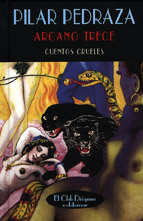 Pilar Pedraza, Arcana 13 (Cruel Tales), 2000: 13 linked Gothic tales of Death, macabre, and the disquieting, dosed with black humor, treating horror tropes such as the Vampire and selling your soul to the Devil
Pilar Pedraza, Arcana 13 (Cruel Tales), 2000: 13 linked Gothic tales of Death, macabre, and the disquieting, dosed with black humor, treating horror tropes such as the Vampire and selling your soul to the Devil
 Albert Sánchez Piñol, Cold Skin, 2002: On an island near Antarctica, two demented men are besieged by an amphibian race; an instant classic of Catalan and world literature. Filmed in 2017; translated
Albert Sánchez Piñol, Cold Skin, 2002: On an island near Antarctica, two demented men are besieged by an amphibian race; an instant classic of Catalan and world literature. Filmed in 2017; translated
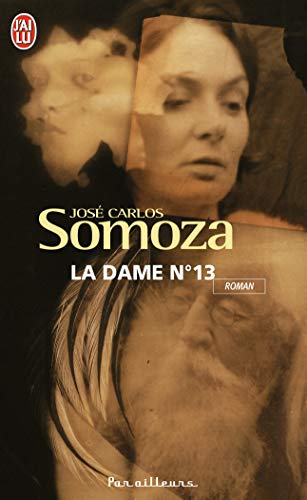 José Carlos Somoza, Lady Number Thirteen, 2003: The thirst for vengeance and the illusion of free will unite in this disturbing prize-winning metafictional fantasy thriller. Filmed in 2017
José Carlos Somoza, Lady Number Thirteen, 2003: The thirst for vengeance and the illusion of free will unite in this disturbing prize-winning metafictional fantasy thriller. Filmed in 2017
 Rafael Pinedo, Trilogy of the Destruction of Culture, 2004, 2011, 2012: 3 incisive novellas of surviving the dehumanizing fall of civilization (Plop!, Cold, & Subway), each with the substance of whole novels
Rafael Pinedo, Trilogy of the Destruction of Culture, 2004, 2011, 2012: 3 incisive novellas of surviving the dehumanizing fall of civilization (Plop!, Cold, & Subway), each with the substance of whole novels
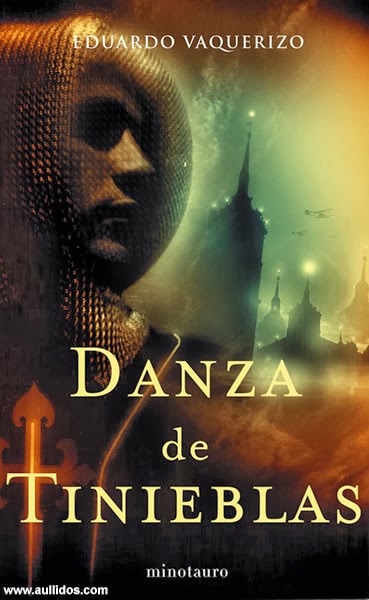 Eduardo Vaquerizo, Dance of Darkness, 2005: a brilliantly imagined alternative history in which the Spanish Empire lasts until the mid-20th century
Eduardo Vaquerizo, Dance of Darkness, 2005: a brilliantly imagined alternative history in which the Spanish Empire lasts until the mid-20th century
 Javier Negrete, Alexander the Great and the Eagles of Rome, 2007: What if the greatest conqueror hadn’t died in Babylon aged 33? A stylish epic alternative history
Javier Negrete, Alexander the Great and the Eagles of Rome, 2007: What if the greatest conqueror hadn’t died in Babylon aged 33? A stylish epic alternative history
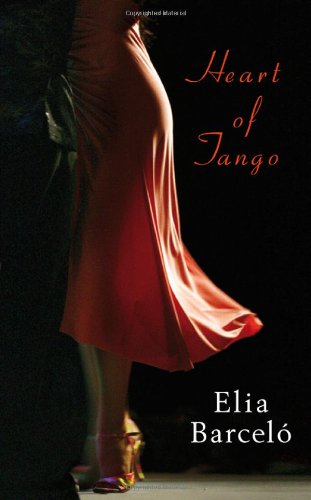 Elia Barceló, Heart of Tango, 2007: Magically stylish fantasy by Spain’s veteran woman SF author. translated
Elia Barceló, Heart of Tango, 2007: Magically stylish fantasy by Spain’s veteran woman SF author. translated
 Félix J. Palma’s “Victorian Trilogy” comprising The Map of Time, The Map of the Sky, The Map of Chaos, 2008, 2012, 2014: A homage to H.G. Wells, published in more than 20 countries, perhaps the most international Spanish work of the Fantastic. translated
Félix J. Palma’s “Victorian Trilogy” comprising The Map of Time, The Map of the Sky, The Map of Chaos, 2008, 2012, 2014: A homage to H.G. Wells, published in more than 20 countries, perhaps the most international Spanish work of the Fantastic. translated
 David Monteagudo, End, 2009: Apocalyptic; a group of friends are partying in a mountain chalet when the rest of Humankind vanishes. Filmed
David Monteagudo, End, 2009: Apocalyptic; a group of friends are partying in a mountain chalet when the rest of Humankind vanishes. Filmed
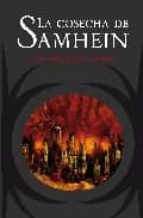 José Antonio Cotrina, “Cycle of the Red Moon” comprising The Harvest of Samhain, Sons of Darkness, The Shadow of the Moon, 2009, 2010, 2011: Young Adult dark fantasy of a group of kids drawn to the trickster city of Rocavarancolia for a sinister purpose
José Antonio Cotrina, “Cycle of the Red Moon” comprising The Harvest of Samhain, Sons of Darkness, The Shadow of the Moon, 2009, 2010, 2011: Young Adult dark fantasy of a group of kids drawn to the trickster city of Rocavarancolia for a sinister purpose
 Víctor Conde, Chronicles of the Multiverse, 2010: Prize-winning Space Opera in the classic mold, majestic, fast-paced, with aliens and mighty artefacts
Víctor Conde, Chronicles of the Multiverse, 2010: Prize-winning Space Opera in the classic mold, majestic, fast-paced, with aliens and mighty artefacts
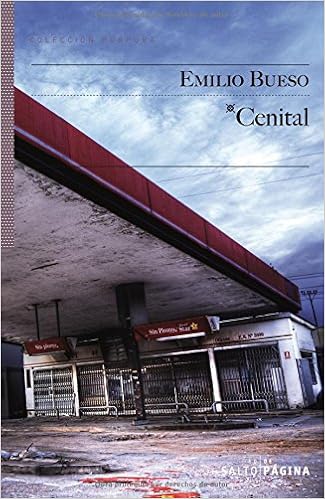 Emilio Bueso, Zenithal, 2012: SF horror about an eco-village inspired by a cult leader who foresees world collapse due to lack of oil
Emilio Bueso, Zenithal, 2012: SF horror about an eco-village inspired by a cult leader who foresees world collapse due to lack of oil
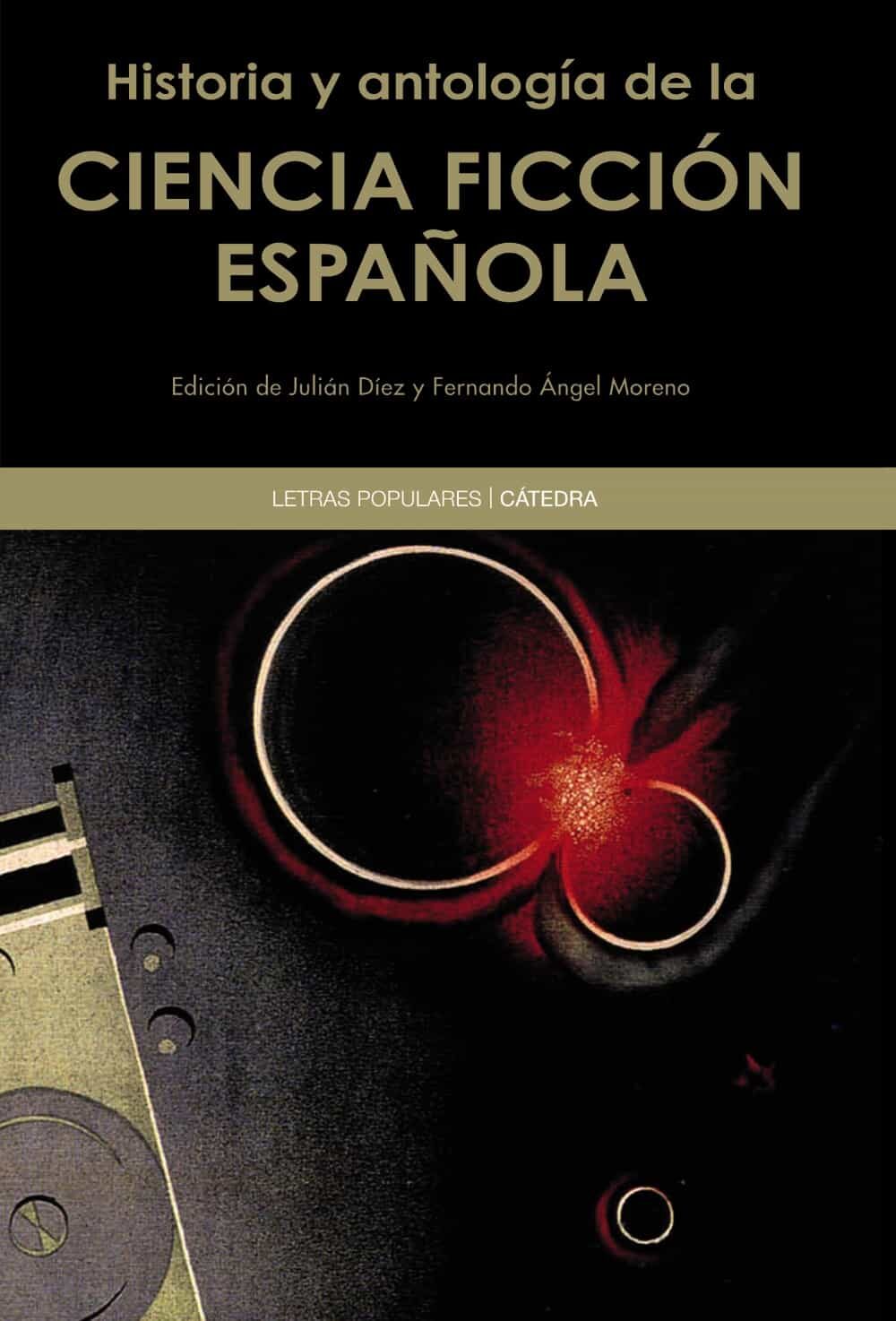 Julián Díez & Fernando Ángel Moreno, History and Anthology of Spanish SF, 2014: A wide-ranging, highly readable survey, plus canonical texts
Julián Díez & Fernando Ángel Moreno, History and Anthology of Spanish SF, 2014: A wide-ranging, highly readable survey, plus canonical texts
originally published in the EuroCon magazine, 2016
Mariano Villarreal (1967) runs the web portal Literatura Fantástica (http://literfan.cyberdark.net/) and is editor of the anthologies Terra Nova and Castles in Spain, among others. An award winner, a publishers’ reader, and former administrator of Spain’s Ignotus Awards, he writes journalism and reviews for numerous specialized outlets.
His essay on “Science Fiction in Spain” prior to the year 2000 is in The New York Review of Science Fiction #314.
